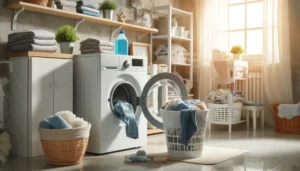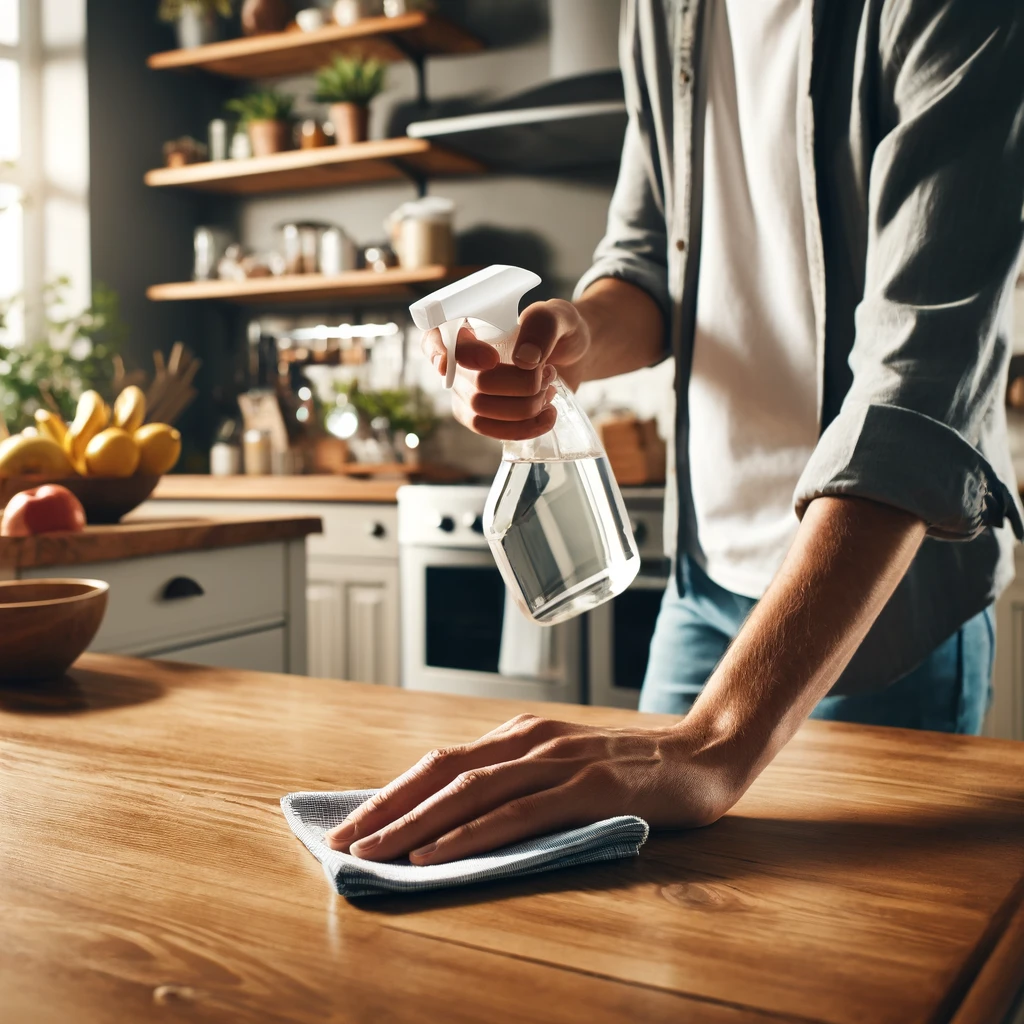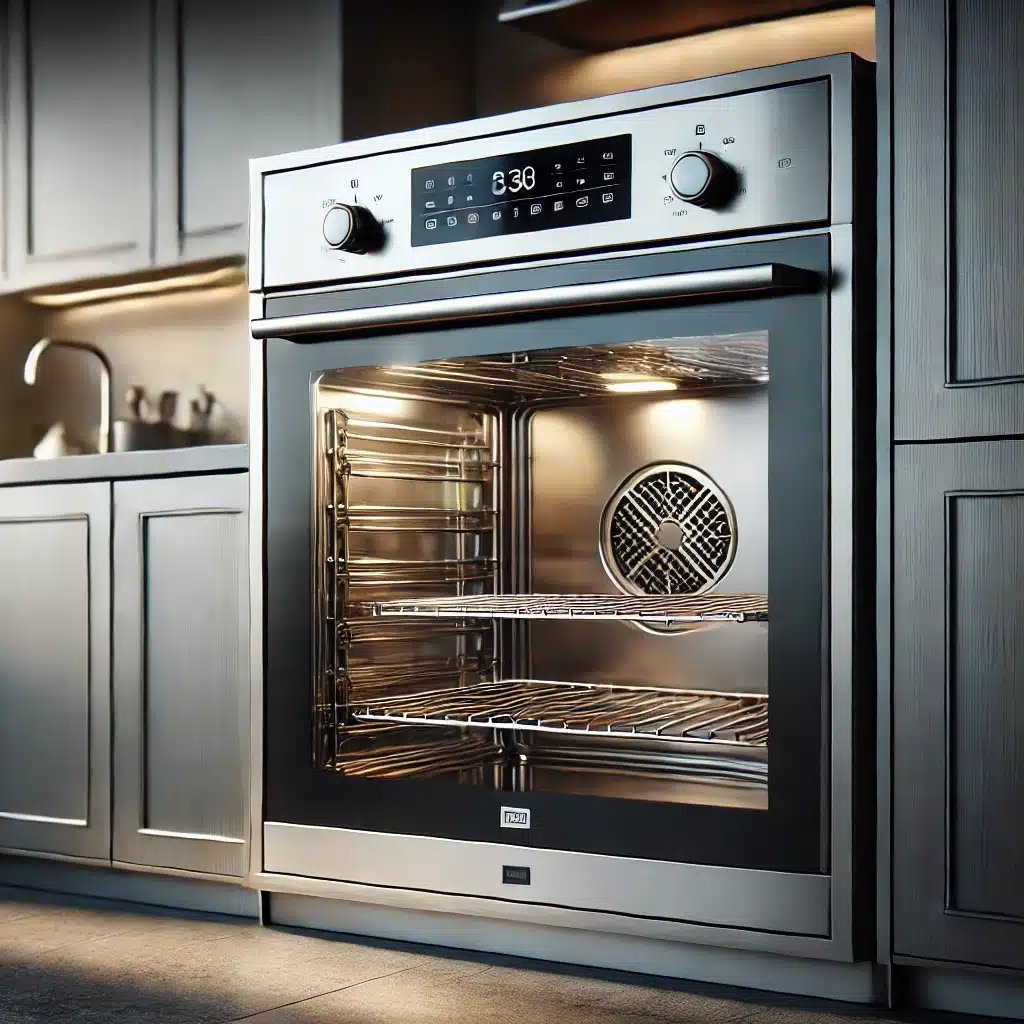Air drying your laundry is a great way to save energy, extend the life of your clothes, and enjoy that fresh, outdoor scent. But if you’re not doing it right, you might end up with stiff, crinkly fabrics. Here are five pro tips to make sure your laundry comes out perfectly every time.
1. Choose the Right Spot
The first step to effective air drying is choosing the right spot. Ideally, you want a location that’s well-ventilated and gets plenty of sunlight. Sunlight helps to naturally bleach and disinfect your clothes, leaving them fresh and clean. However, if you’re drying colored fabrics, a shaded area might be better to prevent fading.
When selecting the perfect spot to air dry your laundry, consider both the convenience and the effect on your clothes. Sunlight is a powerful ally in the battle against bacteria and odors, so an outdoor space that receives direct sunlight for several hours a day is ideal for white and light-colored fabrics. This natural bleaching action keeps whites bright without the need for harsh chemicals.
However, too much sunlight can be detrimental to darker or vibrant-colored fabrics, causing them to fade over time. To protect these items, look for a shaded spot that still offers good air circulation. A tree, a covered patio, or even a specially designed drying rack with a UV cover can provide the necessary protection while still allowing the clothes to dry efficiently.
If you’re drying your laundry indoors, choose a room that receives ample natural light and has good airflow. Avoid damp or poorly ventilated areas like basements, as these can lead to musty-smelling clothes and prolonged drying times. Instead, consider using a spare room or a hallway where windows can be opened to create a cross breeze, enhancing the drying process.
Additionally, think about the positioning within the chosen area. Hanging clothes too close together can hinder air circulation, making the drying process longer and less effective. Ensure there’s enough space between items to allow for optimal airflow. For those living in smaller apartments or homes, consider investing in a compact, collapsible drying rack that can be placed in front of a sunny window or near a fan to speed up drying times.
2. Use the Right Equipment
Investing in good-quality drying racks or clotheslines can make a big difference when you choose to air dry your laundry. The right equipment not only ensures that your clothes dry efficiently but also helps maintain their shape and condition. For indoor drying, collapsible drying racks are a fantastic space-saving option. These racks can be easily folded and stored away when not in use, making them ideal for smaller living spaces. They come in various sizes and designs, allowing you to maximize the available drying space in your home.
For those with more room or who prefer to dry their clothes outdoors, a sturdy clothesline or a rotary dryer is the way to go. Clotheslines can be strung across your yard or between two solid structures, providing ample space to hang multiple items. Rotary dryers, which resemble large umbrellas with multiple lines radiating out from a central pole, offer a compact yet highly efficient outdoor drying solution. These can be particularly useful if you have a small garden or backyard but still want to take advantage of the fresh air and sunlight.
Stability is key when setting up your drying equipment. A wobbly rack or poorly secured clothesline can lead to accidents, not to mention the inconvenience of your clothes ending up on the ground. For indoor racks, ensure they have a sturdy base and are placed on a flat, even surface. Outdoor clotheslines should be tightly secured to prevent sagging, and rotary dryers should be firmly anchored into the ground.
In addition to the primary drying apparatus, consider using hangers and clothespins to keep your clothes in place. Hangers are particularly useful for drying shirts, dresses, and other items that benefit from being hung up to maintain their shape. Clothespins help secure your laundry to the line or rack, preventing items from blowing away in the wind or slipping off as they dry.
Remember that different materials and clothing types may require different drying approaches. Heavier items like jeans and towels might need more robust support, while delicate fabrics like silk or wool should be hung or laid flat to avoid stretching.

3. Shake and Smooth
Before hanging your clothes, give them a vigorous shake. This simple action helps to remove wrinkles and fluff up the fabric, making your clothes softer and more pleasant to wear once dry. Shaking out your laundry also helps to release any trapped lint or debris, ensuring a cleaner finish.
After shaking, smoothing out any creases with your hands is crucial. By doing this, you minimize the need for ironing later on, saving you both time and effort. When you smooth out the fabric, you’re effectively pre-setting the garment to dry in a flatter, more natural shape. This step is especially important for items like shirts, blouses, and pants, which are more prone to developing set-in wrinkles if left bunched up or unevenly hung.
The shaking and smoothing process also plays a role in reducing stiffness. Clothes that are air dried can sometimes become rigid, especially if they are not properly prepared before drying. By giving your laundry a good shake and smoothing out the fabric, you allow more air to circulate through the fibers as they dry. This increased airflow helps to soften the material, resulting in clothes that feel more comfortable against your skin.
In addition to enhancing softness, shaking and smoothing your clothes can help maintain their shape. Items that are hung up while still twisted or bunched can dry with unwanted folds and distortions. Taking the time to ensure each piece is laid out as smoothly as possible helps prevent this issue, so your clothes retain their intended fit and look.
Another benefit of this step is that it aids in faster drying. When clothes are shaken out and smoothed, they are less dense and more spread out, allowing for better air circulation. This can speed up the drying process, which is particularly useful on days when the weather is less than ideal or if you’re drying your laundry indoors.

4. Arrange Clothes Strategically
When hanging your laundry, consider the weight and type of each item. Heavier items such as jeans, towels, and thick sweaters should be placed on the outer edges of your drying area. These outer positions typically catch stronger winds and more direct airflow, which helps to dry these bulkier pieces more efficiently. Ensuring these heavy items get the best air circulation prevents them from taking too long to dry and developing musty odors.
For lighter items like t-shirts, underwear, and blouses, the center of your drying space is ideal. These areas might not receive as strong a breeze, but lighter fabrics don’t require as much airflow to dry quickly. By placing these items in the middle, you ensure they have enough air circulation without occupying the prime outer spots needed for heavier clothing.
It’s also crucial to leave sufficient space between each item. Crowding clothes together restricts airflow, which can lead to damp spots and uneven drying. Space out your laundry to allow air to move freely around each piece. This arrangement not only speeds up the drying process but also helps to prevent the growth of mildew and keeps your clothes smelling fresh.
If you’re drying clothes indoors, placing the heavier items closer to windows or fans can mimic the effect of outdoor breezes. Similarly, using a drying rack with multiple levels can help you distribute the weight evenly. Place heavier items on the top level, where they are more exposed to circulating air, and lighter items below.
5. Monitor the Weather
The weather can have a significant impact on how effectively your clothes dry. A sudden rain shower can drench your freshly washed laundry, undoing all your hard work. To avoid this, always check the weather forecast before hanging your clothes outside. This simple step can save you from the frustration of having to rewash and dry your clothes.
If the weather looks unpredictable or there’s a chance of rain, consider opting for indoor drying. Indoor drying can be just as effective if you take steps to ensure proper air circulation. Placing your drying rack near an open window can help improve airflow, mimicking the effects of outdoor drying. Alternatively, you can use fans to create a gentle breeze, which will help your clothes dry faster and prevent them from developing a musty smell.
For those who prefer to air dry their laundry outside, using a covered outdoor space can be a great solution when the weather is uncertain. A covered patio, balcony, or a retractable awning can protect your clothes from unexpected rain while still allowing them to benefit from the fresh air. This way, you can continue to air dry your laundry without constantly worrying about sudden weather changes.
Additionally, paying attention to other weather conditions such as humidity and temperature can enhance your air drying strategy. High humidity levels can slow down the drying process, making it necessary to leave your clothes out longer. On such days, a combination of outdoor and indoor drying might work best, starting outside and finishing indoors where you can control the environment better. On the other hand, sunny and breezy days are perfect for air drying, as the sun’s heat and the wind’s movement help evaporate moisture quickly.
Even on cooler days, if the air is dry, your clothes can still air dry effectively. In these cases, taking advantage of the peak sun hours, usually around midday, can make a big difference. If you are drying clothes indoors during cooler weather, positioning your drying rack near a heating vent can provide additional warmth to aid in the drying process.

Air Drying, The Best for Your Clothes!
Air drying your laundry doesn’t have to be a chore. With these five tips, you can enjoy the benefits of fresh, clean clothes while saving energy and money. Embracing air drying as part of your laundry routine not only helps you reduce your carbon footprint but also extends the life of your garments by avoiding the harsh heat of tumble dryers. Next time you do laundry, try these pro tips and see the difference for yourself. You’ll notice softer, fresher clothes and a lower utility bill, making the effort well worth it. Happy drying!
Got any air drying tips of your own? Share them in the comments below! Whether it’s a unique trick for faster drying or a clever way to hang delicate items, your insights could help others perfect their air drying technique. Engaging with the community can also provide you with new ideas to make your laundry routine even more efficient. Plus, sharing tips creates a sense of camaraderie as we all strive to make household chores a bit easier and more eco-friendly.
If you need help with other cleaning tasks, check out Cleaning Hive for professional assistance. They offer a wide range of services, from deep cleaning to move-in/move-out cleaning, ensuring your home stays spotless with minimal effort on your part. Their expert team can tackle even the toughest cleaning challenges, giving you more time to enjoy the things you love.




